Stoned circle: Glastonbury Festival and drug culture
Amid the mud and the music, drugs have also been an ever-present – Emily Goddard looks at how the approach to illegal substances has changed among festival-goers

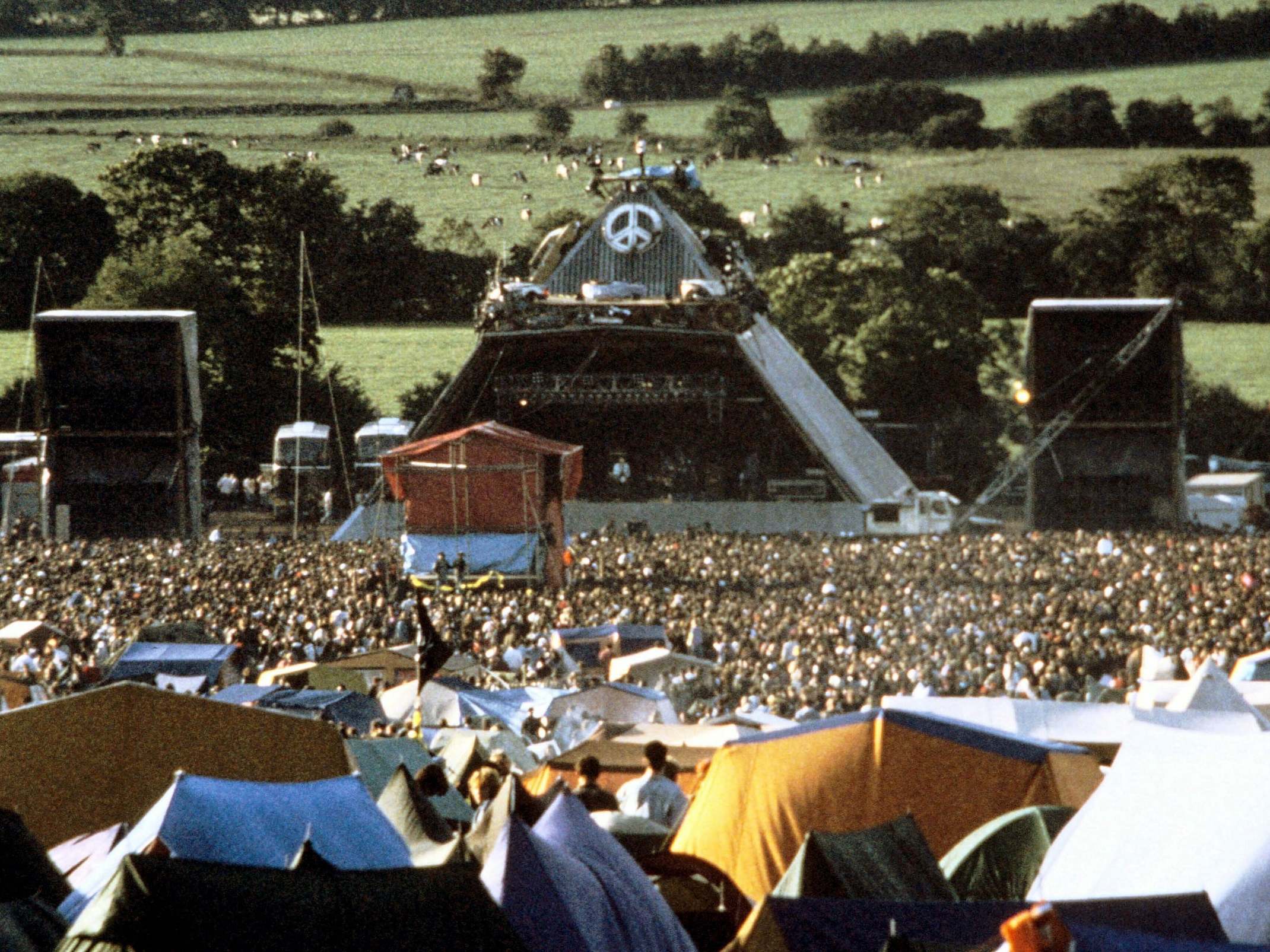
In the height of summer, at the time of solstice – moon-mad, sun-begotten – we acclaim the glory of life with ungrudging senses. That was the quote by Llewelyn Powys sitting atop the 1994 Glastonbury Festival poster. The extraordinary line-up, including Johnny Cash, Oasis, Nick Cave and the Bad Seeds, Bjork and Orbital, makes it crystal clear why some still consider it among the greatest Glastonbury ever.
For Emma*, who was 16 at the time, it was enchanting – she had just finished her GCSEs and describes being immersed alongside the 80,000 others at the bewitching Pilton site as one of the happiest moments of her life. “I remember walking, entering a magical kingdom,” says the writer from Margate. “You haven’t got lots and lots of experience of those kinds of things at that age, and walking into Glastonbury, it’s like myriad worlds and mad goings-on and happenings. It was just magical, I loved it.”
She imagines few 16-year-olds going to the festival today would share the experience she had a quarter of a century ago. “There was a group of us,” she says. “One of our mothers dropped us off and just said, ‘We’ll pick you up at 6pm on Sunday.’ I was in charge of my 14-year-old sister. That was that. I actually cannot believe my mum let my little sister come. That was naive but it wasn’t unusual at the time.”
Blissfully unaware of the reality, Emma’s mother told her years later she thought her daughters were at “a big friendly place where people look after you”. However, Emma admits her mother’s worst fears were being realised at the festival. “She is right, Glastonbury is very safe, it’s full of stewards,” she explains. “But we were taking lots of drugs. Everyone I knew was. It was very open. I remember the paths of the festival being lined with people selling drugs. People were shouting at us, selling their wares, like some sort of market. Speed, Es, lots of acid, lots of mushrooms – that was very common at the time.”
For other people, Glastonbury 1994 might also be the most memorable year for other, more sinister, reasons entirely. A shooting incident on the Saturday left five people injured, no one was badly hurt, and Michael Eavis was not “going to stop the show because there’s one crazy guy with a pistol”. Hours later, tragedy descended upon the festival. A 23-year-old man from London was found dead from a drugs overdose. It was the first death in the festival’s 24-year history.
Emma has since been to Glastonbury 12 times and has witnessed a change in culture – from the days of unbridled hedonism to an altogether tamer affair in more recent years. She recalls being camped next to people selling “very strong green speed” in 1995 and her friends making acid punch in 1996. “They just put loads of blotters of trips into a big bottle of orange juice, shook it up and were selling swigs of it around the stone circle,” she remembers. “They had a megaphone and were shouting, ‘Acid punch.’ A young boy of about 13 or 14 wanted some so they did a poll on the megaphone: ‘Who here thinks we should let him have some?’ I can’t remember what happened after that. I just don’t know if things like that still happen.”
Emma also remembers how, although there was no official after-hours Glastonbury in the Nineties, the carousing did not stop when night fell. “Places like Shangri-La and Lost Vagueness didn’t exist then,” she says. “Everything shut at about 1am. If you wanted to party you’d dance outside a stall called Joe Banana’s blanket shop that had a sound system or you went to the traveller car park where everyone did acid and danced into the daylight to people’s lorries because they had sound systems.”
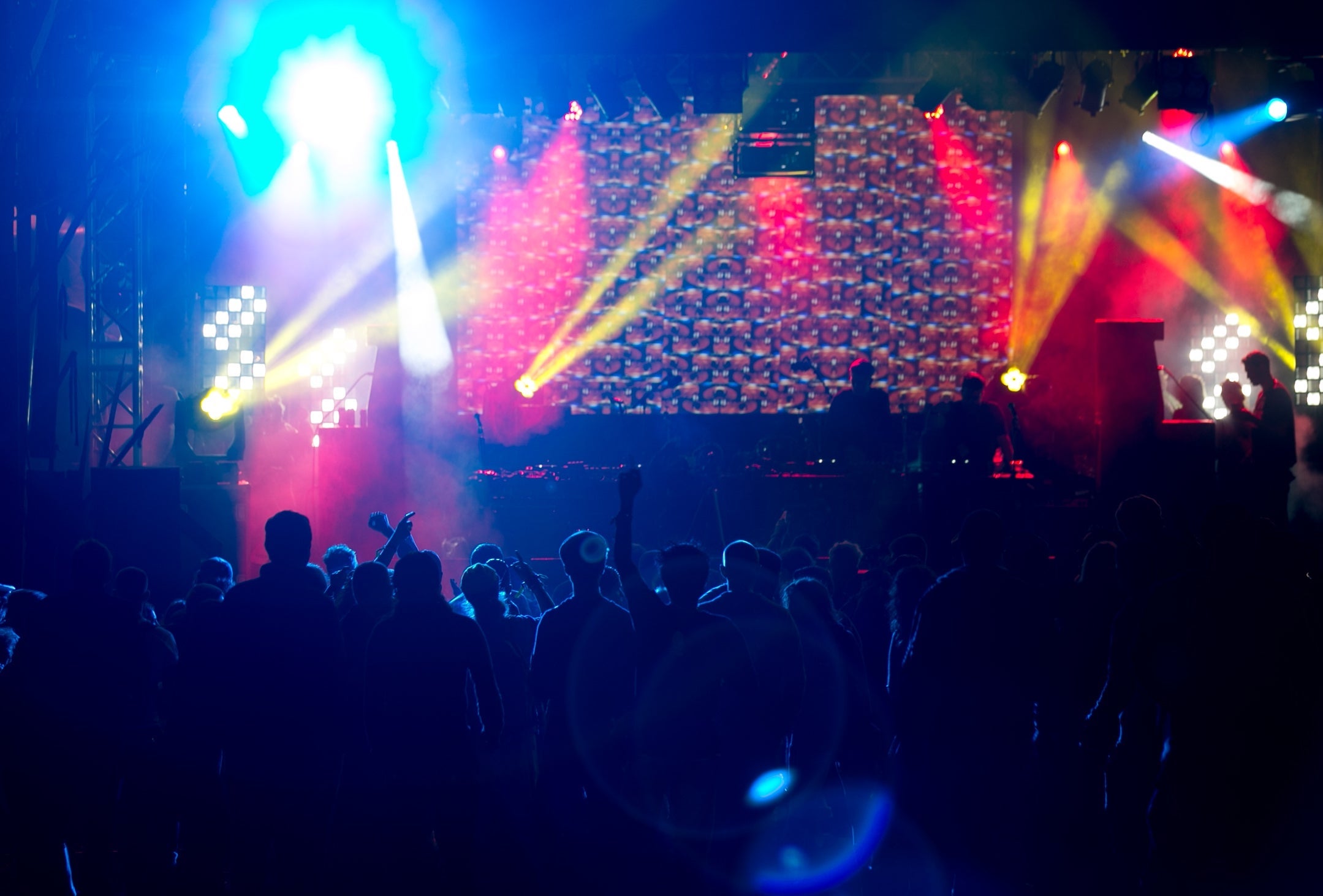
One of the most obvious changes Emma noticed over the years was the greater degree of control put in place, most prominently, to limit people entering the site without a ticket. The structure and physical landscape of the festival has transformed. “In years like 1995, 1996, 1997, the entire back fence was kicked down and people just wandered in and out,” she says. “And up by the stone circle you’d sit there and gangs of lads were walking around selling drugs. You definitely don’t see that any more because they aren’t going to pay several hundreds of pounds to come and be searched.”
We weren’t Instagram-ready. We looked horrendous and we didn’t care. You’d be gurning and off your head but it was all fun
Emma’s experiences at the festival share some parallels with those had by 42-year-old Peter*, who lives in Edinburgh and works in the film industry. He first went to Glastonbury as a 19-year-old in 1995 without any preconceptions. “I was with a band I knew who had a drug dealer with them who was going to prison the following month so basically had to sell all these magic mushroom pills he had,” he says. “We took the pills and just walked around the festival for the day. I dipped in and out of things. I remember going into a dance tent and listening to Fluke and thinking, ‘This sounds like some kind of renaissance music, it’s amazing, it’s probably like when people first listened to Mozart or something.’ I remember going to HMV the next week and listening to Fluke and thinking, ‘This is fucking awful.’”

Peter did not go to Glastonbury again until 2015 – he says the difference in drug use between those festivals 20 years apart was palpable. “What I noticed was that coke was everywhere, people just doing key bumps in the crowd in plain sight,” he explains. “That might be because cocaine has become one of those drugs that is acceptable in society now. And in areas like Shangri-La and Arcadia it feels like it’s designed for people on hallucinogenic drugs or ecstasy. You see the world in a different way [when you take them]. I guess it’s always been like that at Glastonbury but it’s got more high-tech. It’s like it became a lot more polished, a well-oiled machine.”
Despite the installations appearing to cater to those under the influence, Peter found access to substances the second time around was limited. “No one came up and offered anything,” he says. “The first time I went, every 10 minutes you’d have someone approaching you, asking, ‘Weed, speed, pills?’ Maybe they’ve [the festival organisers] clamped down on it.”
Perhaps one of the most conspicuous shifts for Peter was the changing demographics of people attending Glastonbury. He says it now feels like a “middle-class festival”. “Maybe it always has been but, as a working-class person, when I first went there I didn’t feel out of place,” he explains. “Going back after 20 years, I was really aware that there weren’t a lot of people with working-class accents. In society in general, middle-class cocaine users are kind of accepted, whereas we vilify, demonise and stigmatise people on low incomes or benefits with drug addictions. It seems like Glastonbury is the ultimate totem of acceptable drug use.”
There might be something in Peter’s hunch and he is not the only one to have noticed. Bruce Dickinson, the frontman of Iron Maiden (who just so happens to have been privately educated), described it as “the most bourgeois thing on the planet” in 2014. But has Glastonbury really been gentrified and could this be why the drugs culture might have changed?
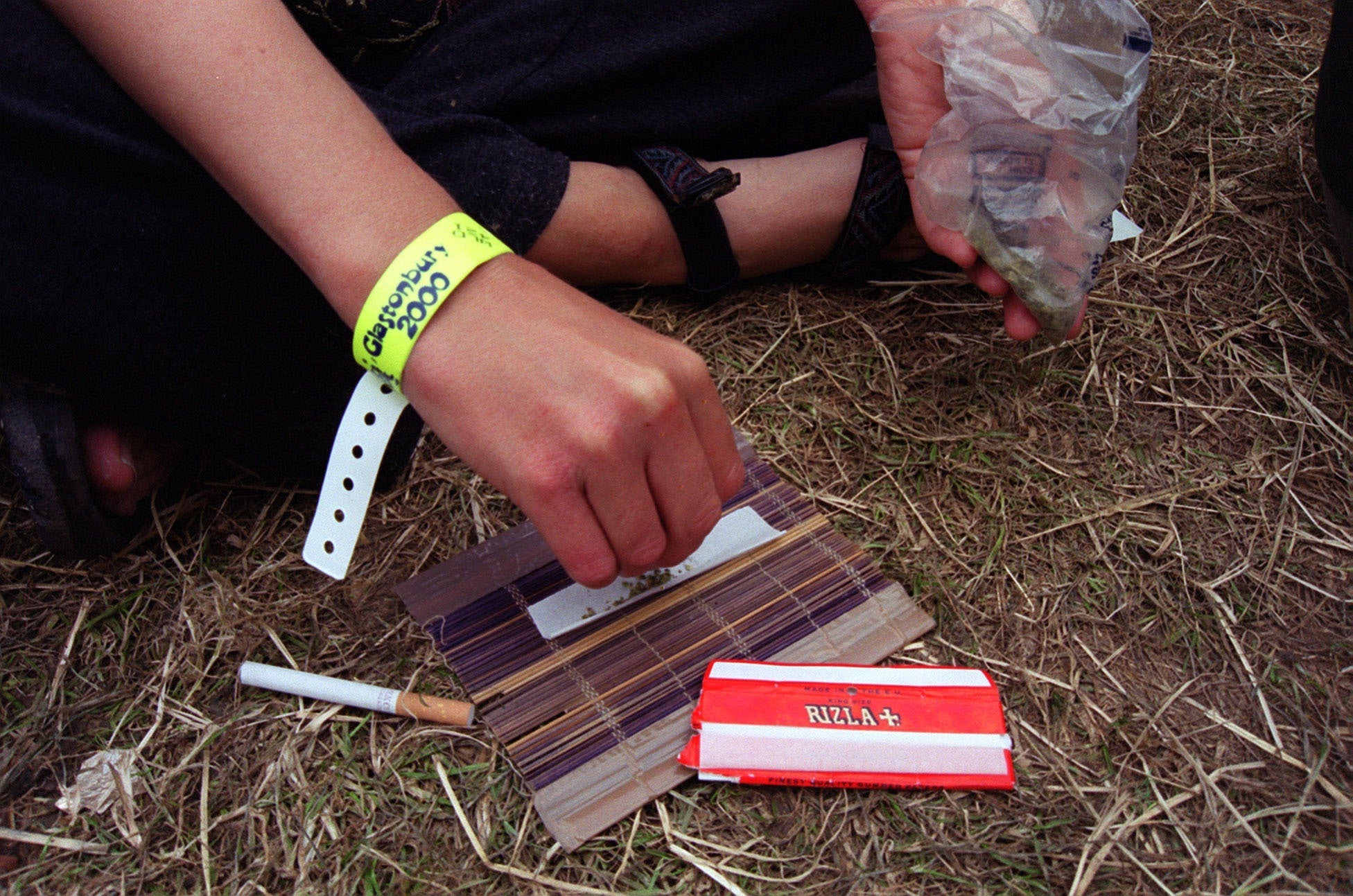
A YouGov survey, conducted in the same year as Dickinson’s jibe, found that 60 per cent of British people view Glastonbury as a festival for people of any class. It was, nonetheless, more attractive to middle-class people, with 37 per cent of non-manual ABC1 workers wanting to go, in comparison with 26 per cent of working-class, manual workers C2DEs.
More recent research by Oracle Analytics looking at Glastonbury between 1970 and 2017 dug into the crowds to try to identify patterns. One could reasonably assume the stark hike in the cost of a ticket over time may have resulted in the festival becoming reserved only for those on higher incomes. Entry to the first event in 1970 was £1 and that included free milk from the farm, whereas a ticket would set you back £248 plus a £5 booking fee this year. Meanwhile, more than half of the people that attended in 2016 were in a relationship or married and the average age was 39.
So if the overall average age is higher than some might expect what does this mean for drugs use at Glastonbury? Emma’s husband has a theory. “He thinks that we’re still the ones taking the drugs,” she explains. “It’s the same people and that hasn’t changed. It’s that young people are not doing it and the 40-year-olds are.”
Looking beyond the substances being used at Glastonbury, if the people using them there are older then there may be more risks, argues Ian Hamilton, a senior lecturer in addiction and mental health at the University of York. He suggests that if people have had substantial gaps of time between drug use they might be caught out with higher potencies of some substances today and there is a chance that their tolerance could have declined over the years.
There used to be a symphony of the noise of cylinders releasing the gas and you don’t hear that quite as much now
People need to be equally concerned about taking drugs with existing health problems – which are more likely as we age. “When you get older you have more stuff going on with your health and may well be on medication,” Hamilton explains. “We know very little about how those two groups of drugs interact. Age throws up a lot of things you wouldn’t normally associate with festival drug-taking because you tend to think it’s young people who are pretty fit.”
The baseline health of today’s young people might not be the only factor instilling a degree of comfort – “generation sensible” earned that moniker for a reason. The proportion of 16- to 24-year-olds who have ever taken drugs declined from about half in 1996 to 37 per cent in 2016, according to data from the Office for National Statistics.
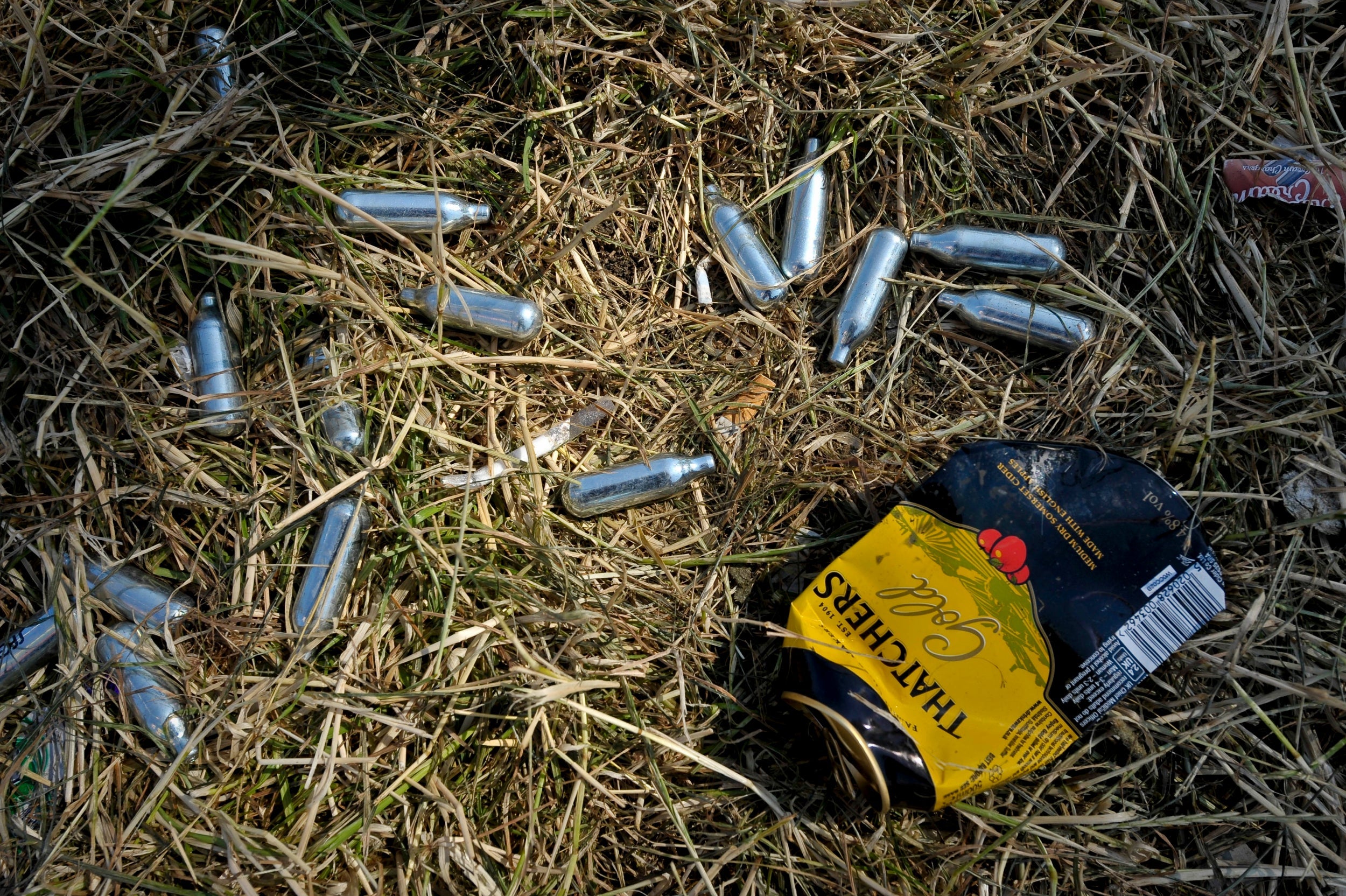
Jack* was 16 when he first went to Glastonbury in 2017 and his attitude might accurately reflect those of his fellow Generation Z counterparts. No one tried to sell him drugs, but he says illegal substances were never on the agenda anyway – he did want to find some alcohol though. “I went in a big group with family and friends but my friends and I left the parents and hoped we would find some drink,” he says. “We didn’t. No one could buy any and we didn’t want to ask people we didn’t know.”
Emma suspects more could be at play in young people’s choice to not take drugs at festivals. When she compares it with her own experiences, the contrasts are evident. “Teenagers today don’t relax because everything’s being filmed and photographed,” she suggests. “There’s a photo of us at Glastonbury 1995 and it’s raining, I’m not wearing a trendy raincoat, me and my friends are wearing bin liners. We’re not Instagram-ready. We looked horrendous and we didn’t care. You’d be gurning and off your head but it was all fun. This thing about cameras and phones, I’m sure it has an impact. Now I feel like an old git, ‘Oh in my day...’”
While it is simplistic to focus on the supposed changes witnessed by people attending Glastonbury, there is some evidence pointing to very little change in the way people consume drugs at festivals. Trevor Shine, a director at Tictac Communications, which analyses drugs for the criminal justice and healthcare sectors, says he has not observed any momentous changes in the 12 years his organisation has been testing at festivals across the country.
He can, however, highlight a few markers of change among the substances tested after being seized or collected from amnesty bins. “If you go back early enough you didn’t see much ketamine and now you see it at most festivals,” Shine says. “That’s representative of the market overall. There was a shift at the point long before new psychoactive substances (NPS) were controlled under the Psychoactive Substances Act in 2016. Most festivals, or at least the ones I’m familiar with, banned the sale of them on-site even though they weren’t illegal at the time. That meant you didn’t see them as much. And while there’s still a reasonable amount of nitrous oxide at festivals, it has changed since that was included in the PS Act. There used to be a symphony of the noise of cylinders releasing the gas and you don’t hear that quite as much now. It’s a symphony with fewer strings than there used to be.”
One thing that has definitely remained consistent is the most seized drug, says Shine, and that is cannabis. “It’s the most common drug and the easiest to find whether by eye or by nose because it’s bulky. It’s not a little bag of powder that’s easy to hide somewhere. It’s going to be cannabis always.”
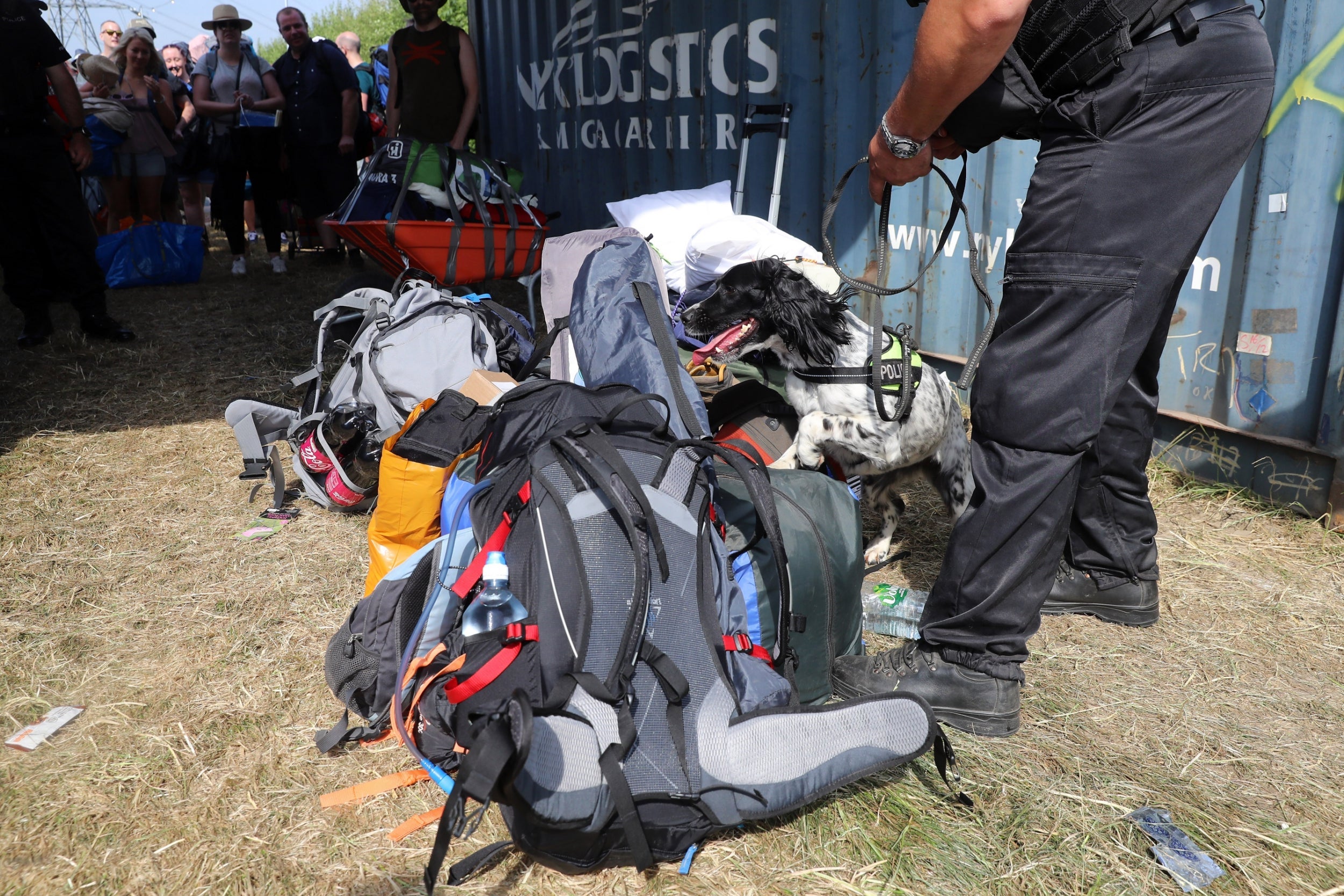
Some £14,130 worth of weed was seized at Glastonbury 2008 and the numbers remain relatively consistent since, with the most recent data showing that £12,930 worth was confiscated in 2016. Meanwhile, seizures of both cocaine and MDMA more than doubled between 2014 and 2016.
Dr John Ramsey, an analytical toxicologist and emeritus director of Tictac, who also sits on the expert advisory board of the Global Drug Survey, echoes Shine’s thoughts. He says his overwhelming reaction is that nothing has changed. “Festival-goers still like and take the drugs they always did,” Ramsey says. “MDMA principally, cocaine is probably a little bit more prevalent than it was, ecstasy tablets have changed over the years, not because of festivals but because of a drought at one time in the active ingredient, which is now back again. Festivals tried to clamp down on nitrous oxide but it still gets in, it’s there and it’s still used.”
The latter drug, alongside NPSes, such as synthetic cannabinoids – otherwise known as spice – were banned under Psychoactive Substances Act three years ago and ketamine was reclassified from a class C to a class B drug, but it would seem these changes in drugs policy have had precious little impact on the habits of drugs users at festivals. Ramsey is not at all surprised. “The law is hopeless at controlling drugs,” he says. “The only thing that will change drug use is people’s behaviour. As long as people want drugs they’ll get them somehow. Although the law tries to stop it, it never works. We put a huge amount of effort and resources in and all we do is scratch the surface and criminalise a few drugs users unnecessarily.”
If the threat of a criminal record or jail time is not enough to stop people from taking drugs at Glastonbury, what can be done to keep people safe while they do so? Other festivals have accepted a harm reduction approach in recent years in the form of safety testing. These services, run by drug safety testing non-profit The Loop, allow people to anonymously take samples to an on-site lab for analysis before they decide to use them.
The Loop tested drugs at 12 festivals, including Bestival, Boomtown, Love Saves The Day and Kendal Calling, in 2018. A study of the results of 247 drug samples analysed at Secret Garden Party in 2016, published in the International Journal of Drug Policy in May this year, revealed one in five substances tested was missold. As a result, one in five people used the disposal service for other substances of concern and an additional one in six moderated their use on receiving test results.
Fiona Measham, a professor of criminology at Durham University and co-director of The Loop, has met with Glastonbury co-organiser Emily Eavis and says she is “generally favourable” about testing. Measham is hopeful The Loop can introduce the operation to Glastonbury in the coming years. “People tend to take a larger quantity of drugs when they’re at a festival and they take a wider range of drugs so there are added risks even for people who might use in day-to-day life. It’s partly because they’re essentially on holiday for four days and they don’t have the usual constraints. It is generally a time of greater recklessness and greater intoxication but also greater risks. The value of on-site testing is that it is happening in real time so we can get the results out to the people who might be directly impacted by what’s in circulation. We can also share the information with emergency services so they know what they’re dealing with too.”
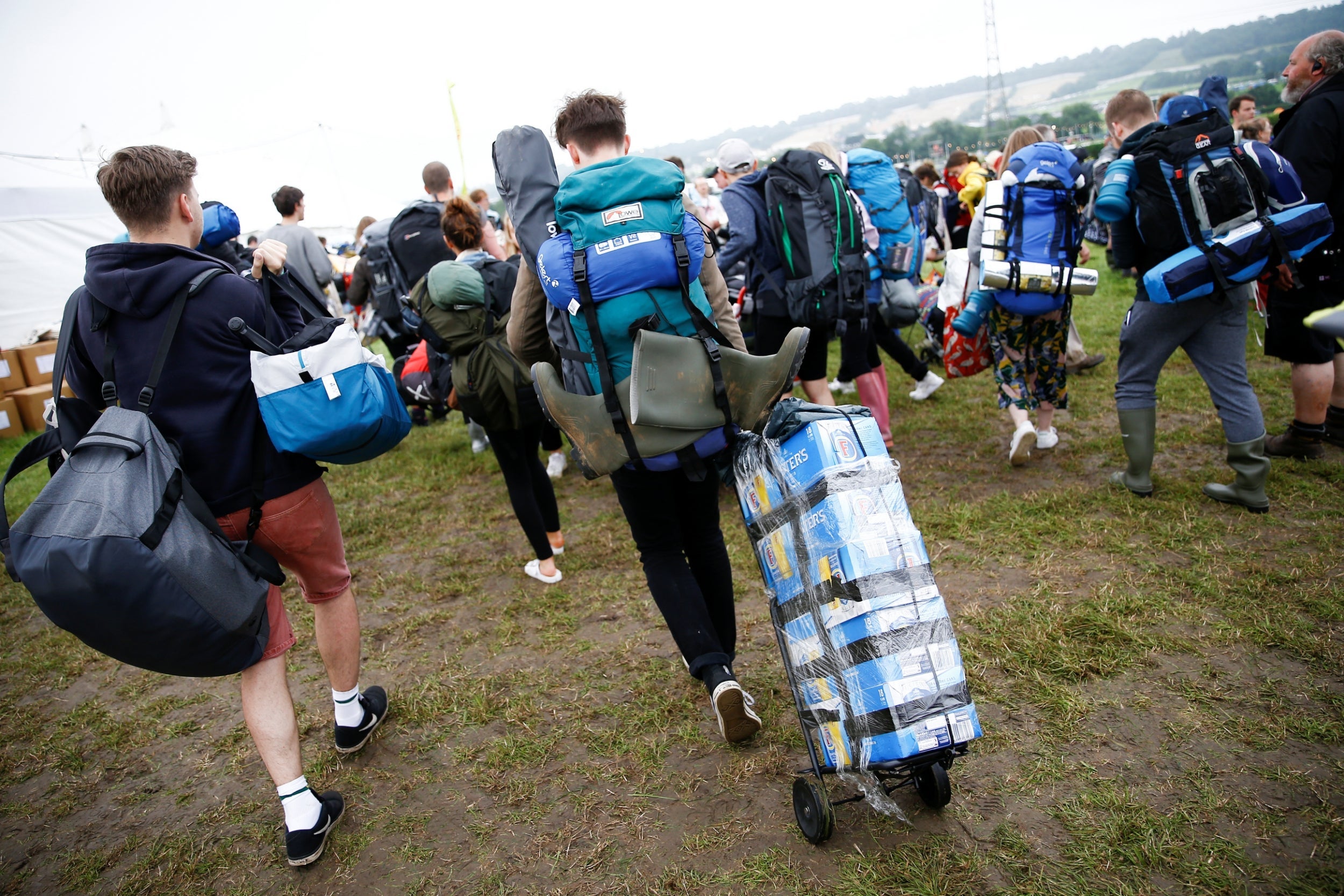
Glastonbury makes clear that it does not condone the dealing in or use of illegal drugs and that drug enforcement laws are as applicable on the festival site as anywhere else in the country. Searches are carried out on entering the gates and people found with substances run the risk of getting kicked out. “If you deal in drugs, it is likely that you will be arrested,” the organisers warn. “People do get busted every year.”
The organisers are also keen to point out on their website the dangers associated with experimenting with drugs. “The crowds and the sheer size of the festival can be very frightening and disorientating,” their advice reads. People who do become ill or afraid can be supported by Festival Medical Services, which celebrates its 40th anniversary at Glastonbury this year. The charity has five medical centres on site and an 800-strong member crew to deal with any health and wellbeing issues that may arise – whether it be a bad reaction to a drug, a pulled muscle or toothache.
While most people are focused on pills, cocaine and ketamine, it is important to note, says Hamilton, that perhaps the biggest problem drug at festivals is one that craftily slips almost completely under the radar and gets a free pass – alcohol. “Most harms and death involve MDMA plus alcohol, but because we’re practically blind to the risks of alcohol we don’t see it and just see the MDMA,” he adds. “As a parent of teenagers, my biggest concern is making sure they understand alcohol. The paradox is also the sponsorship of festivals (Smirnoff, Somersby cider and Carlsberg are among the official partners of Reading Festival, for instance) and again that’s another way the industry tries to associate this product with having a good time.”
Having a good time though – with or without the use of mind-altering substances – is, of course, the principal draw of Glastonbury Festival. And it is important to remember that drugs can really be a lot of fun, says Emma, if we are to have a rational approach towards them. “It’s damaging [not to],” she says. “If we don’t acknowledge the enormous joy and fun that people get from taking drugs then how can you have a sensible discussion about the downsides? There are some, I have seen people freak out at Glastonbury, but harm reduction and knowledge and understanding are what is needed.”
As she heads to Glastonbury this weekend, 25 years after that initial captivating taste of the festival, Emma is aware it is a different experience from those first years. She would not take any drugs other than ecstasy and MDMA now and has ruled out buying anything from dealers on site that she does not already know. She is also cautious about sounding too nostalgic. “I always presume that unless I know someone I wouldn’t be getting any,” she says. “I don’t have anything [drugs] to take to Glastonbury this year and I’ll be fine without them. I still have fun at Glastonbury and I think it’s amazing.”
* Names changed to protect identity
Join our commenting forum
Join thought-provoking conversations, follow other Independent readers and see their replies
Comments